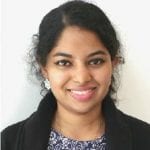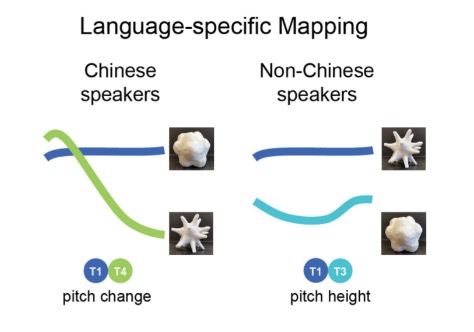Hello, I’m Sakinah!
I grew up studying three languages in school, namely English, Malay and Arabic (formal). My family and I converse in Malay and English languages at home. While in school, my friends and I used to speak three languages in one sentence, and we understood each other perfectly. It was a special experience for me as nowadays I am no longer using these languages in one sentence as there is no one around me who could speak in Arabic.
There was a hilarious incident when I was younger, I was discussing with my friend about a matter and referred her as “anti”. Anti in Arabic is used when referring to someone as “you”. However, before my friend had the chance to reply, a nearby Auntie (an elderly woman who we refer as Auntie in Singapore) turned and responded to me! After which, we all laughed as I explained to her that I was actually talking to my friends in a different language.
Like many other skills, learning new language takes up a lot of time and hard-work. Some people struggled and some had it with ease. However, it is worthwhile when you get to grasp the language and see the beauty of it.
The benefits of speaking or understanding multiple languages are apparent. Personally for me, it has helped me to widen up my outlook on life. As such I am more open and understanding of others’ different cultures. It also helped me to strengthen family bonding, and gave me the opportunity to connect with people from vastly different backgrounds. As an example, I am using Malay language to communicate with my grandparents as they feel more comfortable speaking in Malay than in English.

Sakinah is a Research Assistant in the BLIP Lab, working on the Singapore Talk-a-thon as part of the Language-Mixes Project
***
This week, for the International Day of Multilingualism we’ll be sharing lots of stories about multilingualism in Singapore – what it’s like to grow up in such a multilingual place, how different people feel about their different languages, and some of the core research questions we are working on as a team.







